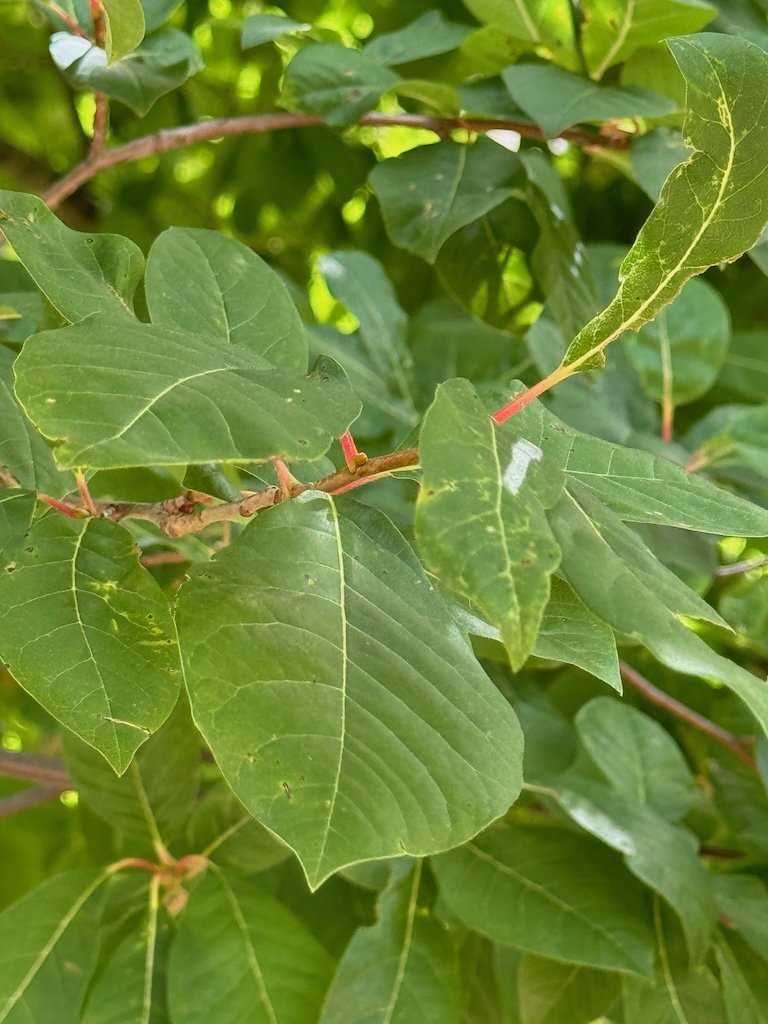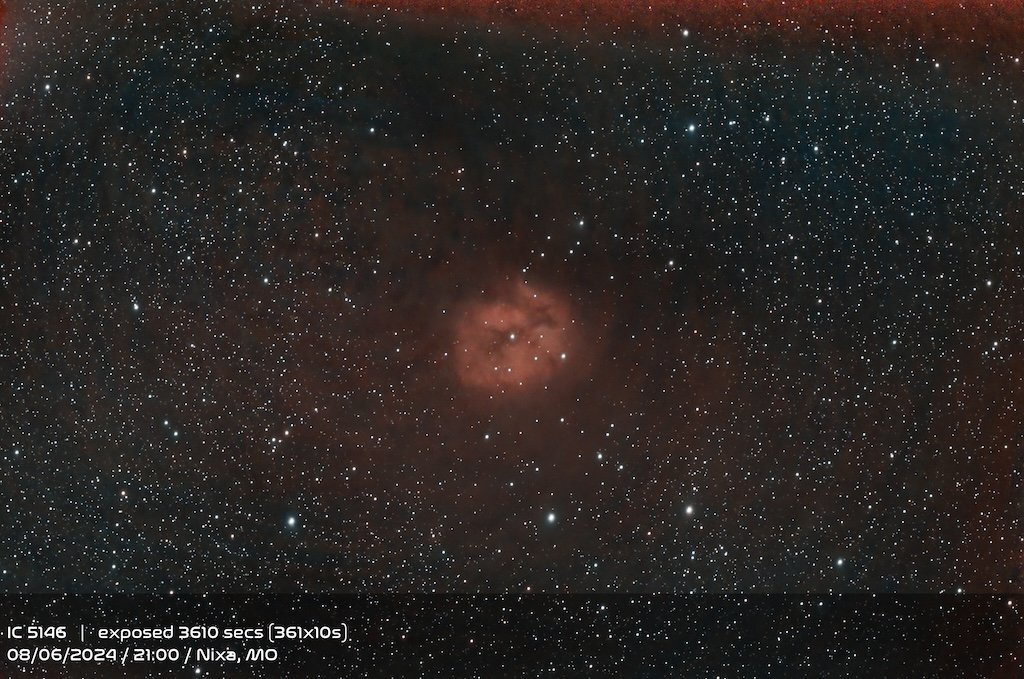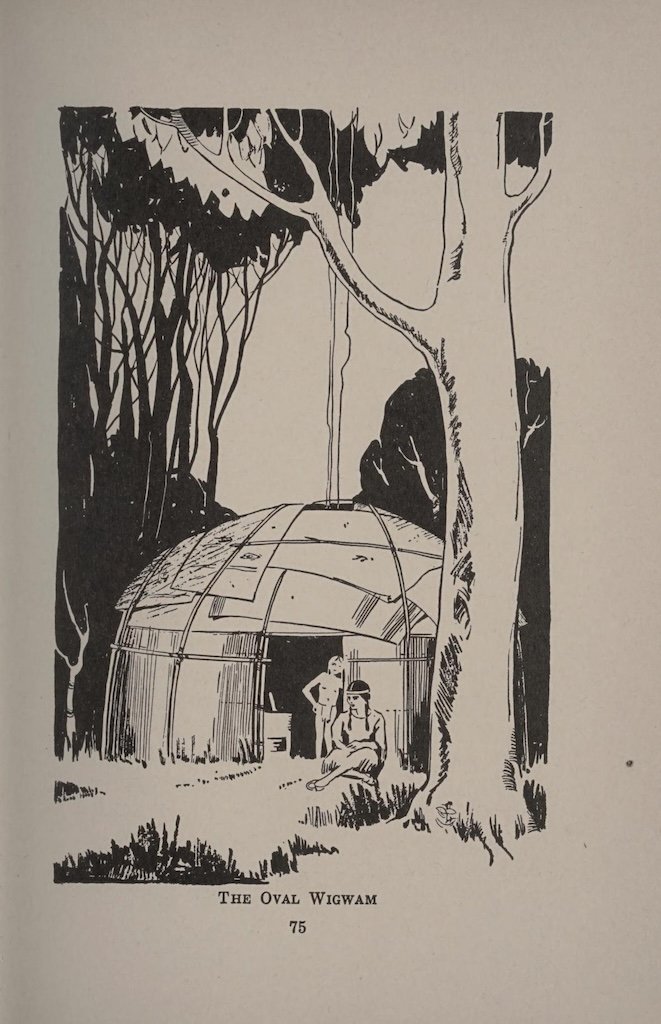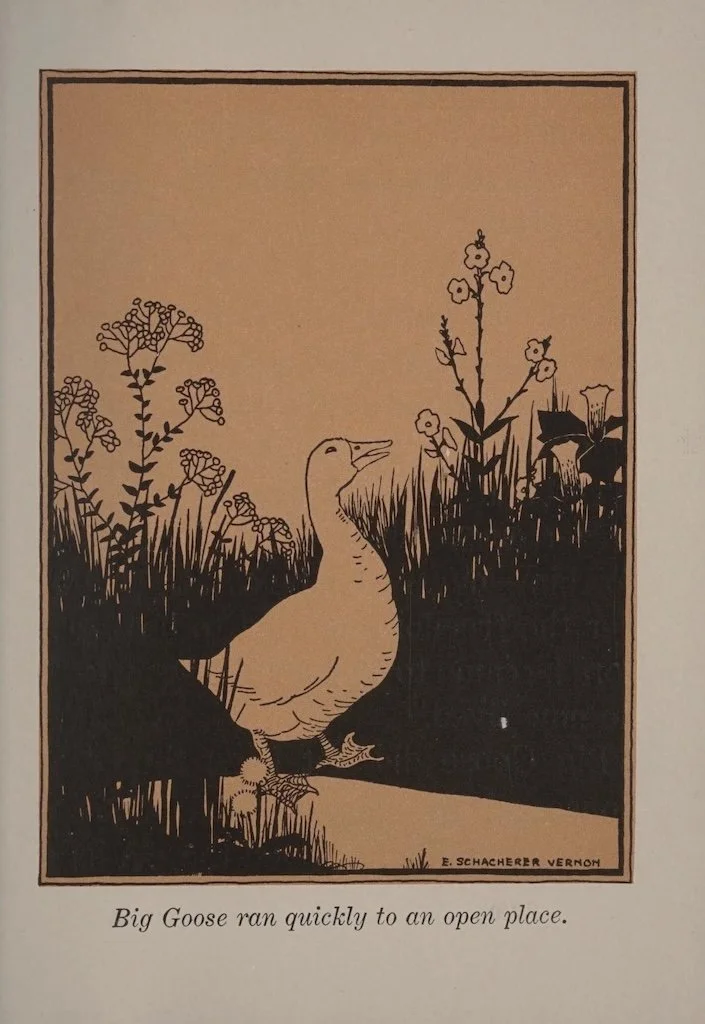The items below were ‘the cream’ of the articles and websites I found this past week. Click on the light green text to look at the article.
Archaeologists Find a Cache of Ancient Murano Glass Off Bulgarian Coast - Underwater archaeologists in Burgas, Bulgaria have discovered over 100 glass objects dating back to the days of the Ottoman empire in the nation’s Chengene Skele bay. It is speculated that the glass artifacts fell from the cargo of a ship battered by a storm in the shallow, rocky area of the sea. Experts attribute the glass objects to Murano, a Venetian island still renowned today for its fine glassware, likely made in the late 16th and early 17th centuries.
Want the health benefits of strength training but not keen on the gym? Try ‘exercise snacking’ – Great idea!
Timing is everything: Study finds link between bowel movement frequency and overall health – The research showed that if stool sticks around too long in the gut, microbes use up all the available dietary fiber, which they ferment into beneficial short-chain fatty acids. After that, the ecosystem switches to fermentation of proteins, which produces several toxins that can make their way into the bloodstream. They showed that the microbial composition of study participants' gut microbiomes was a telltale sign of bowel movement frequency. Fiber-fermenting gut bacteria, often associated with health, appeared to thrive in a "Goldilocks zone" of bowel movement frequency, where people pooped between 1-2 times per day. However, bacteria associated with protein fermentation, or the upper gastrointestinal tract tended to be enriched in those with constipation or diarrhea, respectively.
Replacing Fuel Tax A Government Quandary - As the proportion of electric cars on the roads rise, what will fill the funding gap left by the loss of gasoline and diesel tax? One possibility is a road user charge (RUC).
Scientists Find an Underground Cave on the Moon That Could Shelter Future Explorers - Radar data from NASA’s Lunar Reconnaissance Orbiter (LRO) points to the presence of a cave beneath the moon’s surface. Such caves could serve as shelters for future human explorers, since they could protect astronauts from the moon’s hazardous surface environment. (Note – LRO was launched in 2009. My daughter, as an undergraduate, did some of the initial image calibration work!)
With CO2 Levels Rising, World’s Drylands Are Turning Green - Southeast Australia has been getting hotter and drier. Droughts have lengthened, and temperatures regularly soar above 95 degrees F (35 degrees C). Bush fires abound. But somehow, its woodlands keep growing. One of the more extreme and volatile ecosystems on the planet is defying meteorology and becoming greener. Long-term studies by University of California, Riverside in the Sonoran Desert show that shorter shrubs better adapted to less rainfall and higher temperatures are moving in at the expense of native plants, creating an impression of greening that marks an ecological breakdown.
Why Are Amphibians the Most Endangered Class of Animals? - Amphibians are the most endangered class of animals in the world, with 41% facing extinction. Climate change on its own would not be such an incredible threat if it weren’t for the toll it takes when combined with habitat loss, fragmentation and disease.
New solutions to keep drinking water safe as pesticide use skyrockets worldwide - A 62% rise in global pesticide use in the past 20 years has escalated fears that many of these chemicals could end up in our waterways, causing cancer. Powdered activated carbon (PAC) is currently used to remove organic pesticides from drinking water, but the process is costly, time consuming and not 100% effective. The researchers found that reducing the PAC particles from the existing commercial size of 38 μm (one millionth of a metre) to 6 μm, up to 75% less powder was needed to remove six common pesticides, achieving significant water treatment savings.
Huge! The Massive and Mystical Jordanian Monument to an Enigmatic People - The ancient city of Petra. Known as the “Rose City” for the warm pink blush of the sandstone cliffs it is carved out of, Petra was built by the enigmatic Nabateans. Built over two millennia ago, it was long lost to the shifting sands of Jordan’s desert until it was rediscovered by European travelers in the early 1800s.
Melting Sea Ice Is Making the Northwest Passage More Dangerous - Old, thick chunks of sea ice that tend to cluster near the North Pole are increasingly drifting southward toward Canada and into the path of ships. The younger, thinner ice that once held older ice in place is becoming scarcer as the region warms. For the cargo vessels, fishing boats, and cruise ships crossing the northwest passage, drifting chunks of old, thick sea ice pose a significant threat.




































































































































